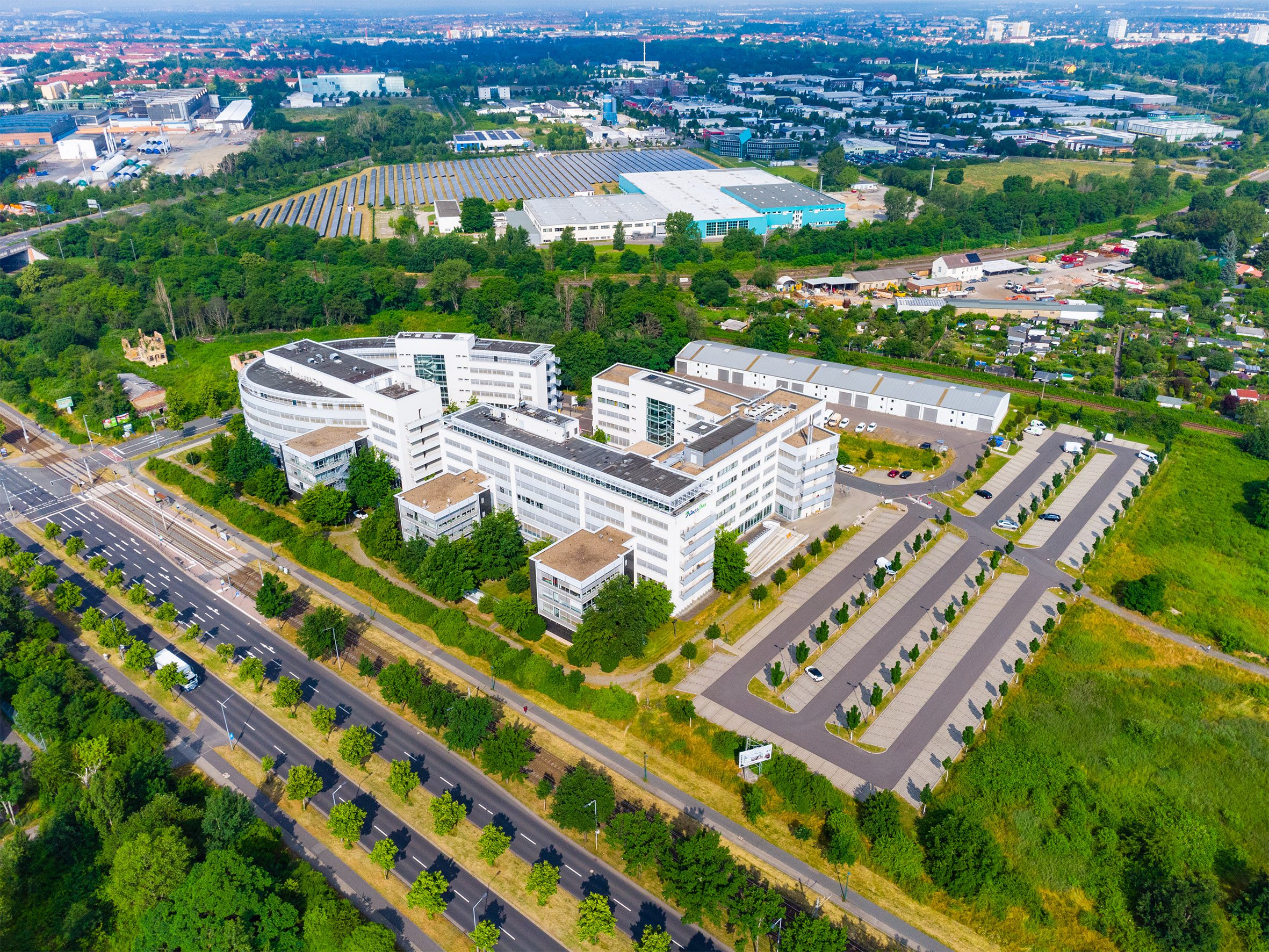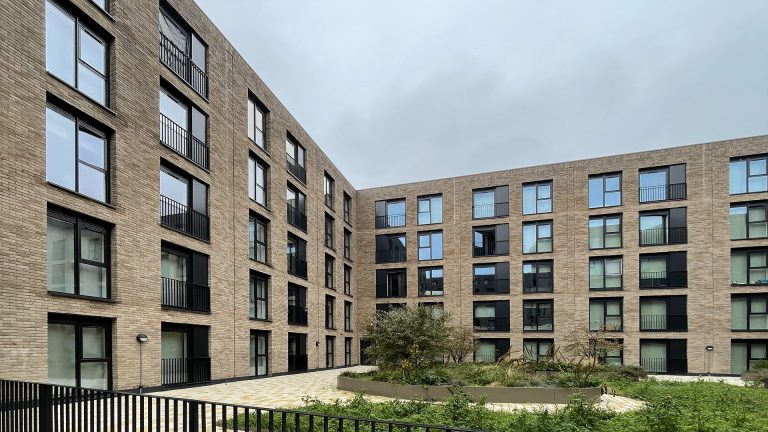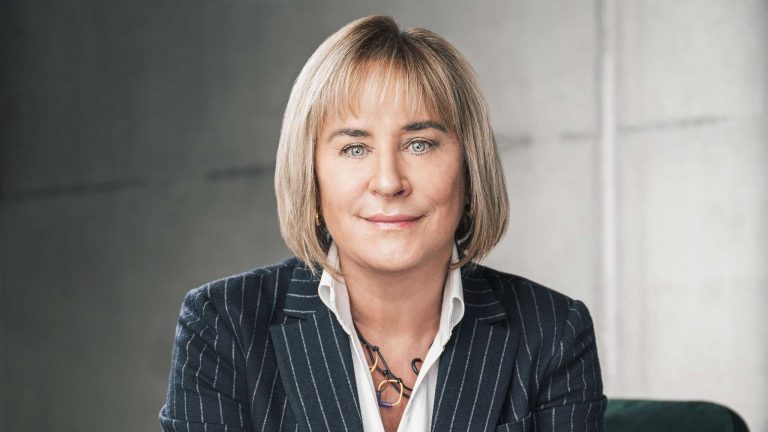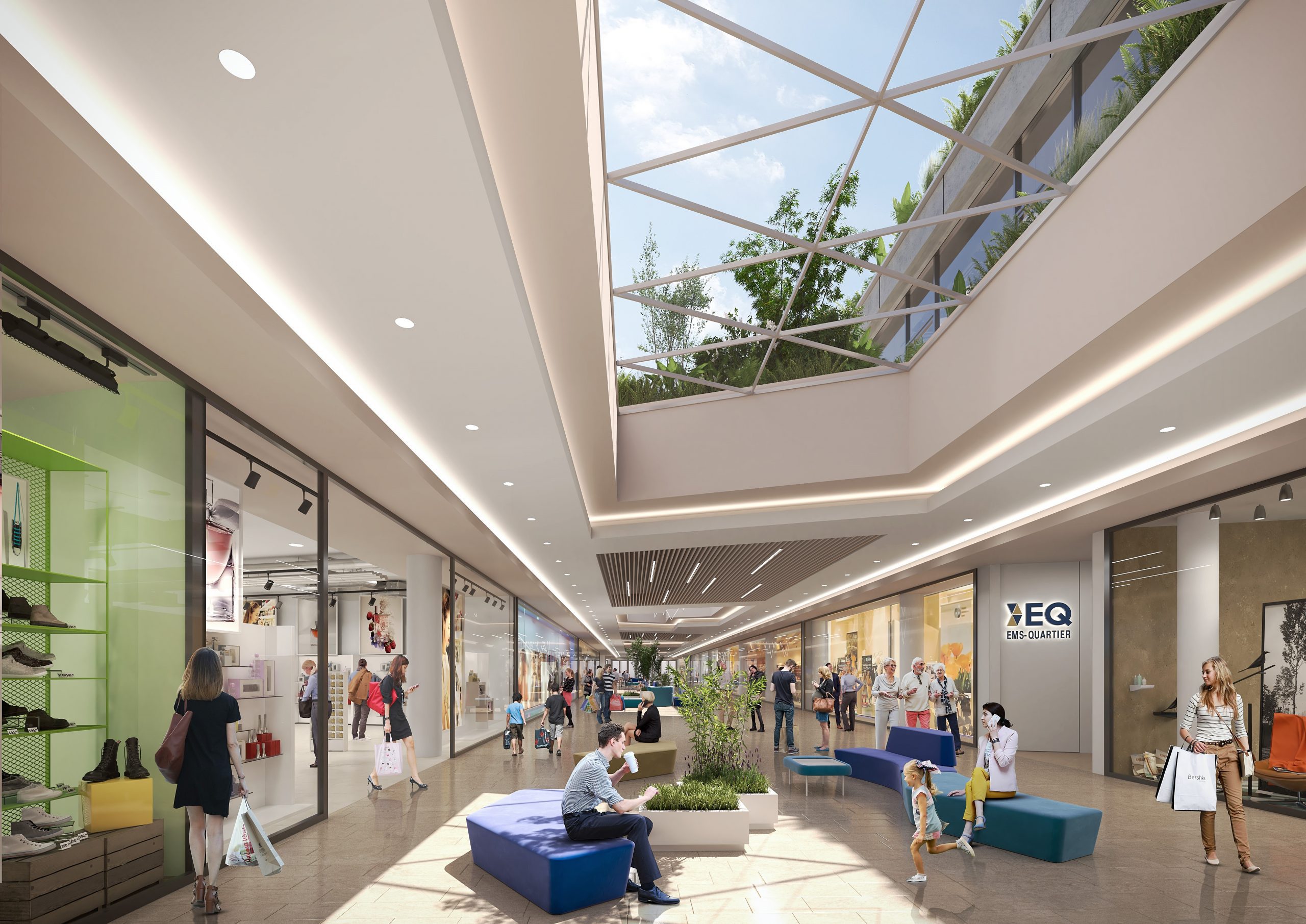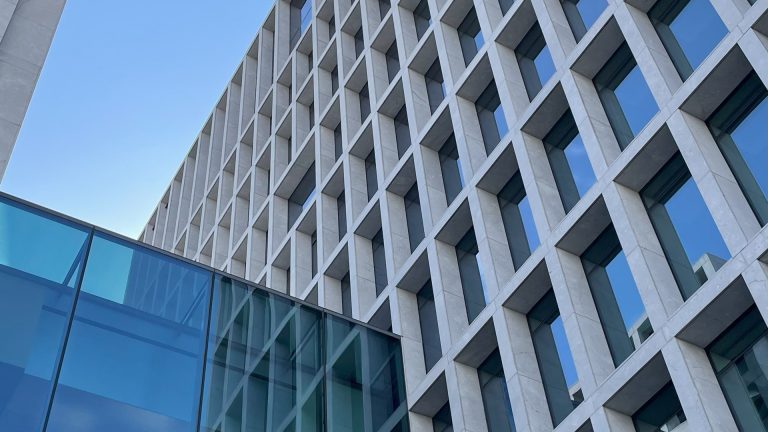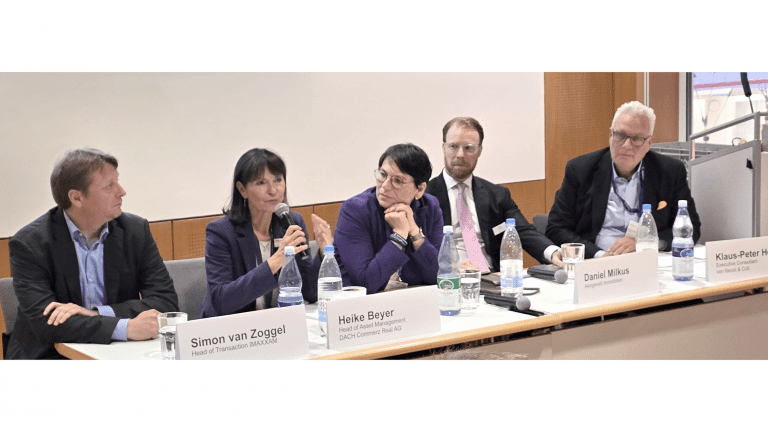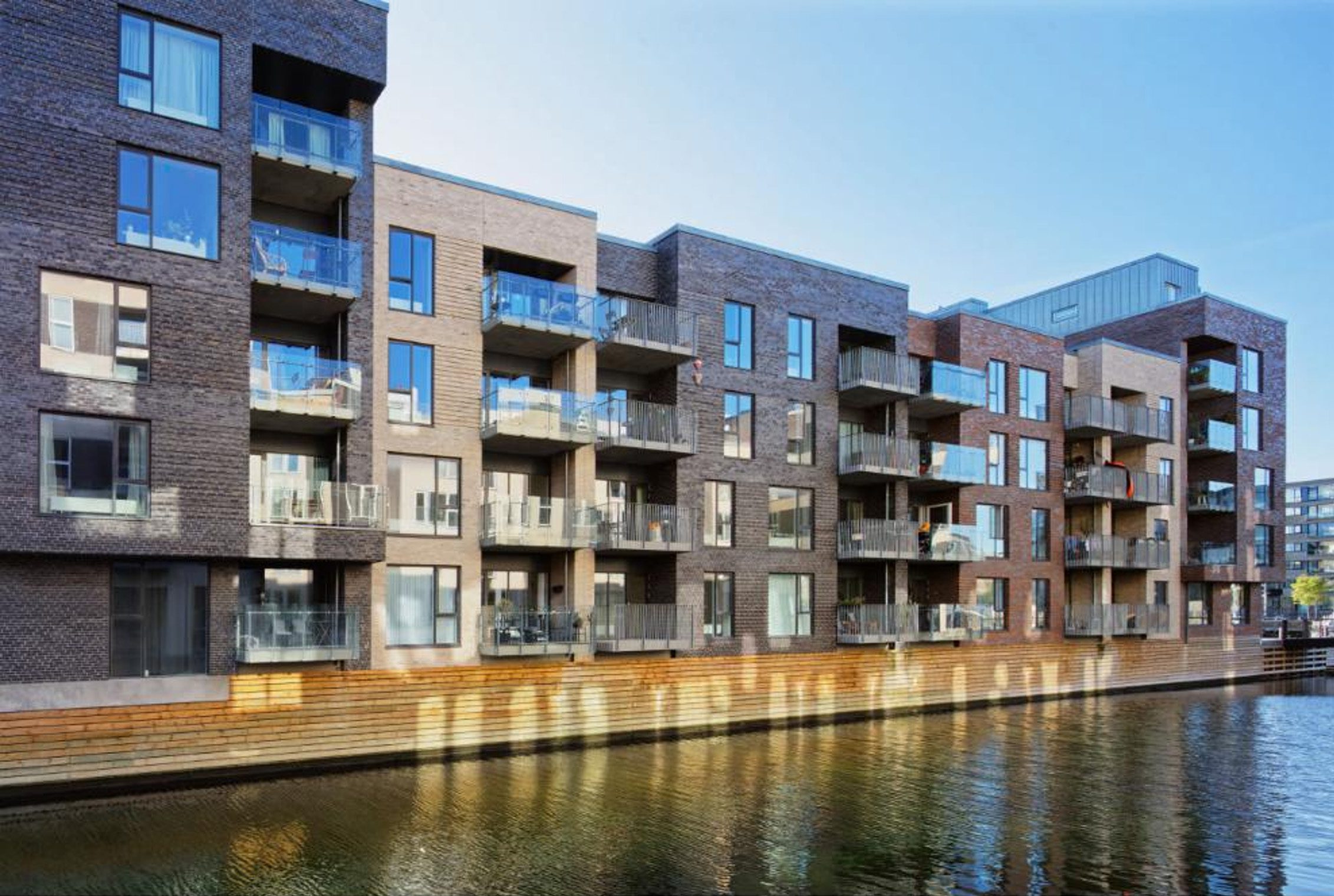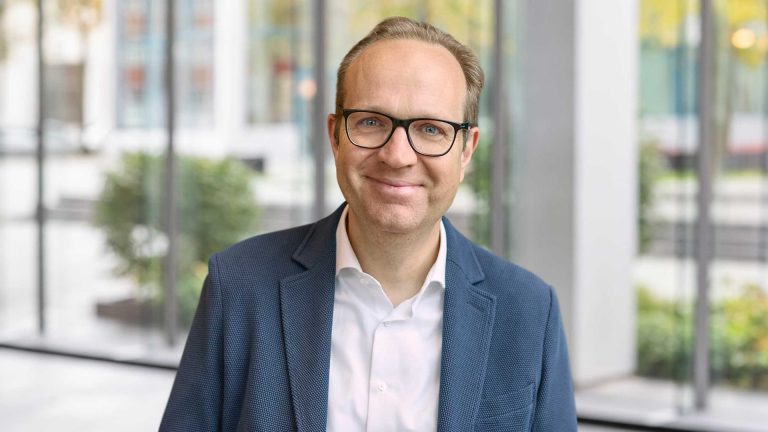Savills Market in Minutes: Investment Market Germany
Savills has taken a look at the German commercial and residential real estate market in its latest Market in Minutes. The key facts below:
-
In the twelve months from April 2024 to March 2025, German commercial and residential real estate* changed hands for around 34.6 billion euros. Compared to the same period last year (April 2023 to March 2024), this represents an increase of 12%. The 1st quarter of 2025 accounted for approx. 6.9 billion euros, which is roughly the same as in the same quarter of the previous year (approx. 7.2 billion euros).
-
The number of ongoing and upcoming sales processes has risen noticeably compared to the previous year – we therefore expect a slight increase in transaction activity overall in the coming months. However, the decisive factor will be how many of the properties for sale buyers are found. Office properties in particular are up for grabs by many owners, but investor interest in this segment remains limited. Therefore, not every sales process is likely to lead to a successful conclusion. At the same time, the recent rise in long-term interest rates strengthens the incentive to sell, especially for leveraged properties – a factor that could increase the likelihood of closing. Nevertheless, a significant increase in the transaction volume is only to be expected if there is a larger refinancing-driven wave of sales. While this scenario is possible, we believe it is still quite unlikely.
-
The extent of the liquidity requirement and selling pressure on the owner side is also likely to be a decisive factor for the further development of initial yields. In the first three months of the current year, prime yields remained unchanged for all types of use, ranging from 3.6% for multi-family buildings to 5.8% for shopping centres. At least prime yields are likely to move little in the future, although smaller swings in both directions seem realistic depending on the type of use. Beyond the top segment, the mixed situation tends to speak in favour of further increases in yields: Rising supply, increased long-term interest rates and foreseeable rising construction costs make falling initial yields seem unrealistic, at least in those segments without strong rental growth prospects. The price gap between top properties and the rest is therefore likely to intensify.
-
The increasing price difference between prime properties and the rest of the portfolio makes project developments and their financing attractive, especially since the new construction pipeline is increasingly running empty across all types of use. We are observing an increasing number of investors who are pursuing such investment approaches – from an appreciation to a repositioning to a conversion, all shades are included here. Capital is available above all for the conversion of offices into hotels or commercial residential properties and opens up a new path for some properties that no longer have a future in their previous function.
-
Against the backdrop of the sometimes chaotic macro environment, the further development of the real estate investment market remains difficult to predict. However, with a new federal government and the investment spending packages that have already been adopted, this environment offers Germany the opportunity to reposition itself vis-à-vis investors as the safe haven it was until the interest rate turnaround.
* only transactions with at least 50 residential units
All interactive graphics, tables and data for evaluation can be found under the following link:
Savills Germany | Market in Minutes Investment Market Germany

